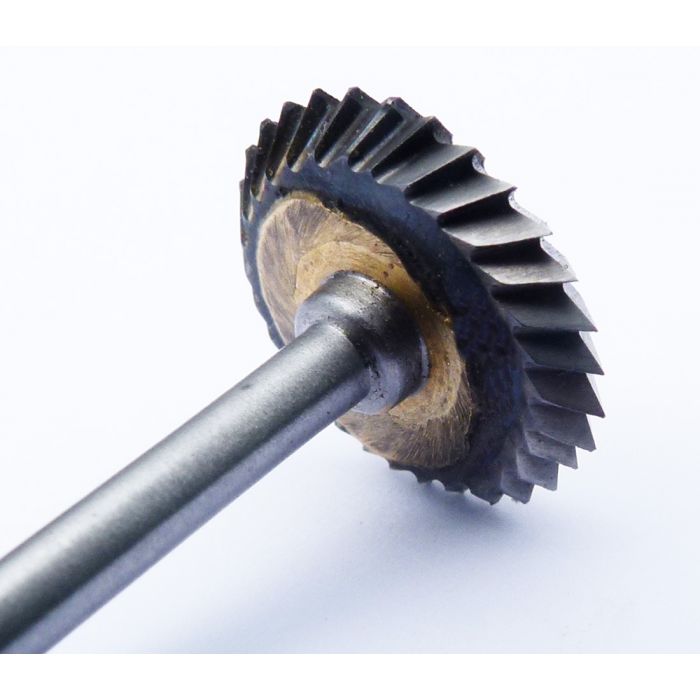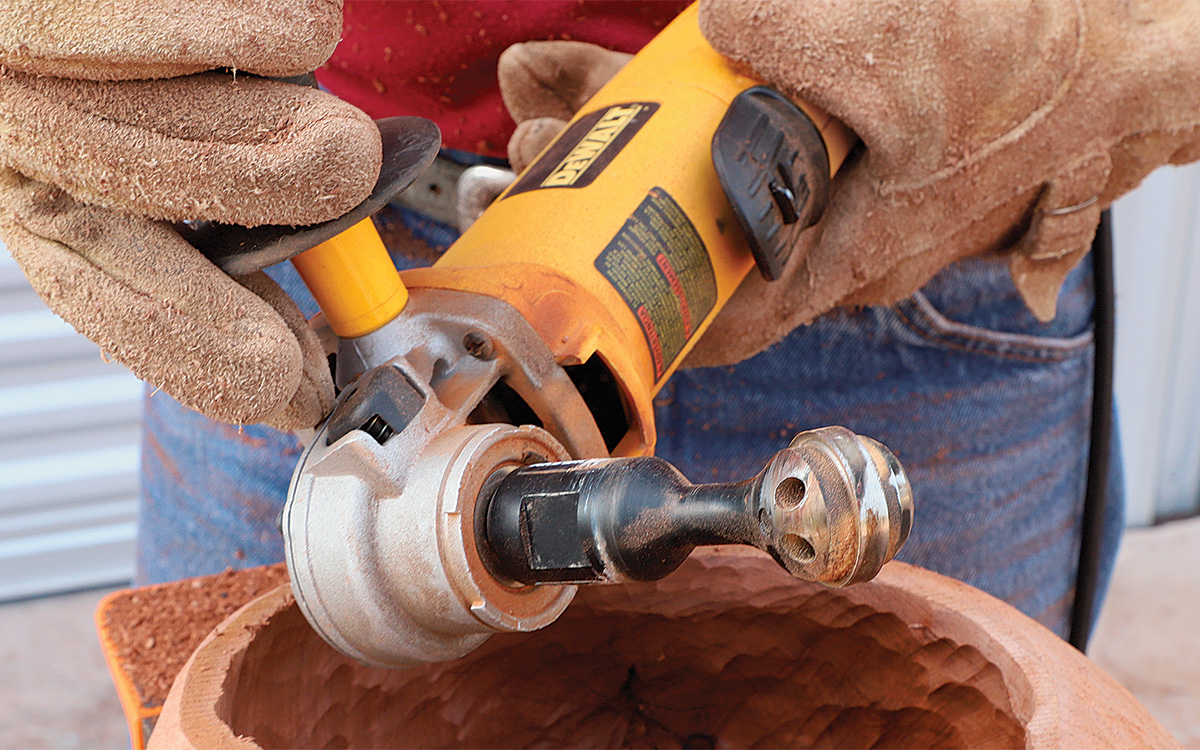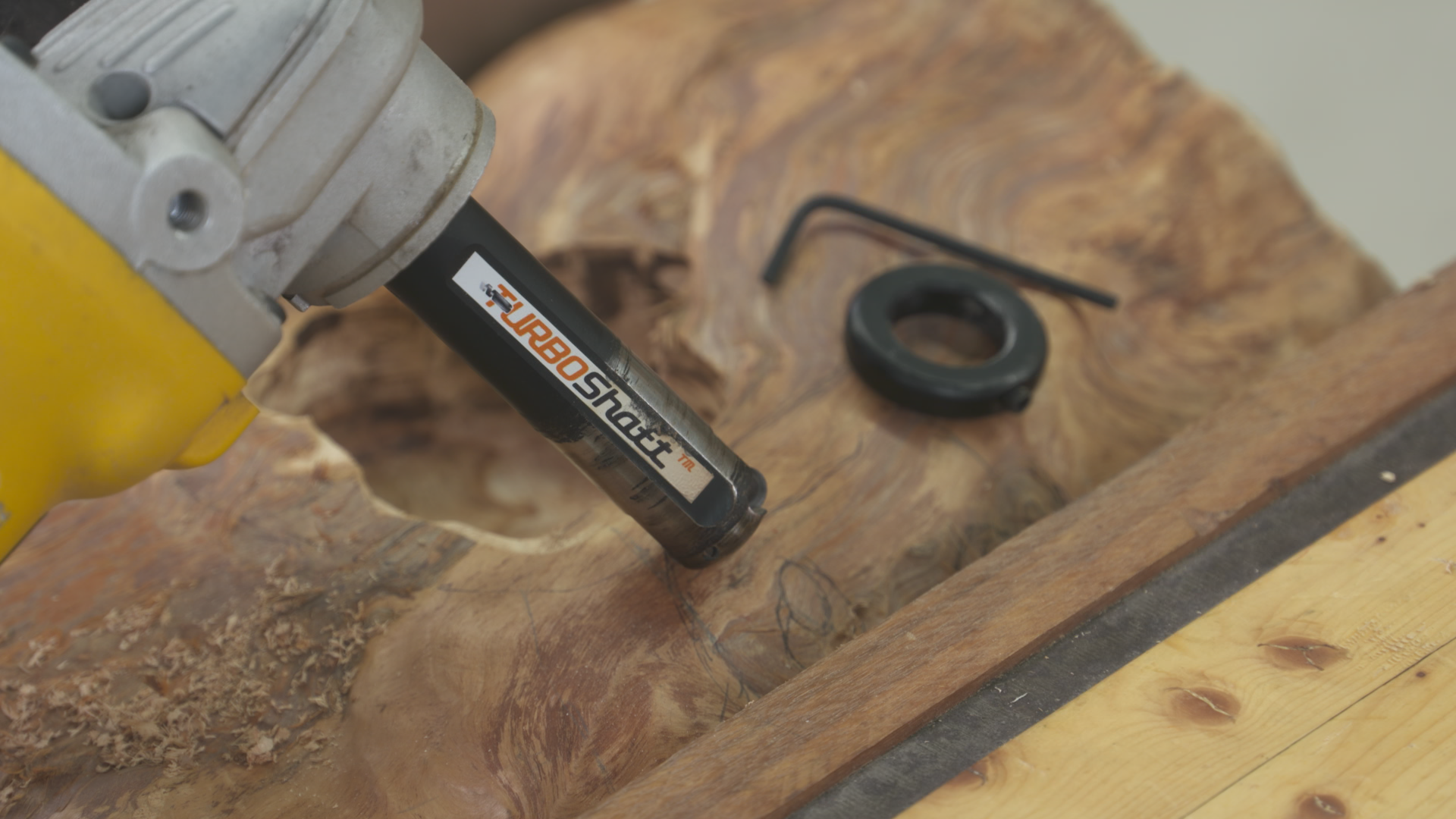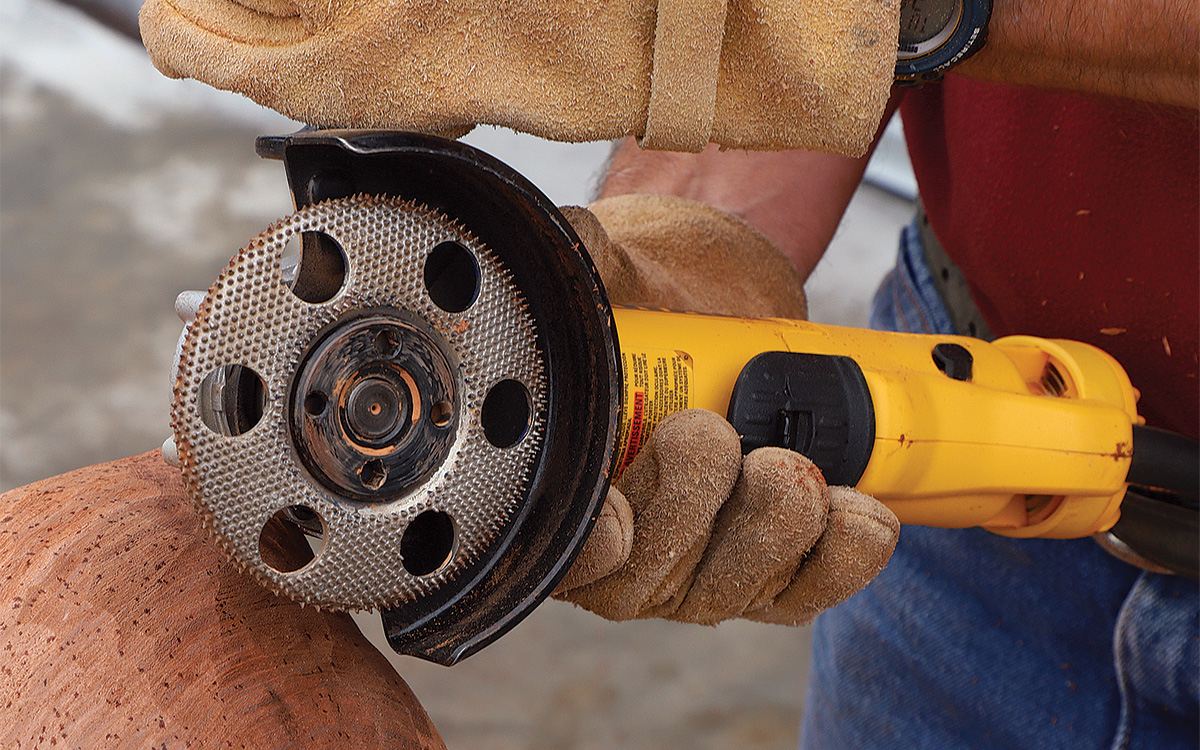The Art and Utility of Wood Carving Power Tools
I. Introduction
A. Importance of Wood Carving Power Tools
Wood carving power tools are indispensable in modern woodworking, offering versatility and precision.
They have revolutionized the art of carving, making it more accessible and efficient.
These tools cater to both professional woodworkers and hobbyists, allowing intricate designs and detailed sculpting.
B. Historical Background and Development
Wood carving power tools have a rich history, evolving from manual hand tools to innovative electric devices.
The development of electric and motorized carving tools has significantly advanced the craft of wood carving.
Historical advancements have contributed to a wide range of specialized power tools for various carving techniques.

II. Types of Wood Carving Power Tools
A. Electric Rotary Tools
Electric rotary tools are versatile, featuring various attachments for carving, engraving, and shaping wood.
These tools allow for fine detailing and precision work, making them suitable for intricate wood carvings.
With adjustable speeds and different bits, electric rotary tools offer flexibility and control for diverse carving projects.
B. Power Chainsaws and Angle Grinders
Power chainsaws and angle grinders are robust tools that excel in wood shaping and texturing.
These tools are particularly effective for sculpting large-scale wood pieces and carving rough outlines.
They are popular for creating detailed sculptures and intricate designs within substantial wood blocks.

III. Essential Features and Components
A. Cutting Blades and Attachments
Wood carving power tools are equipped with a wide range of cutting blades and attachments.
The availability of specialized blades and bits enables woodworkers to execute various carving techniques with precision.
Different blade shapes and materials cater to specific carving applications, allowing for versatility and creativity.
B. Variable Speed and Power Options
Variable speed and power options in wood carving tools offer control and adaptability for different wood densities.
Adjustable speed settings accommodate intricate detailing and larger sculpting tasks with ease and precision.
These features ensure that woodworkers can tailor the tools to their specific carving requirements.

IV. Safety Measures and Precautions
A. Protective Gear and Equipment
Safety goggles, respirators, and dust masks are essential for protecting woodworkers from wood particles and dust.
Gloves and protective clothing shield against sharp edges and potential wood carving tool accidents.
Adhering to safety practices and using appropriate protective gear minimize the risk of injuries and health hazards.
B. Proper Handling and Operational Guidelines
Training and adhering to operational guidelines are crucial in maintaining a safe and accident-free wood carving environment.
Understanding the safe handling and operation of wood carving power tools ensures a secure and efficient carving process.
Proper storage and maintenance further contribute to the overall safety and longevity of the carving tools.
V. Applications in Wood Carving
A. Intricate Carvings and Detailed Sculpting
Wood carving power tools facilitate intricate and fine details, enabling the creation of delicate carvings and sculptures.
These tools cater to a wide range of carving styles and techniques, from relief carving to intricate chiseling.
The precision and efficiency of power tools allow woodworkers to achieve intricate detailing that may be challenging with traditional hand tools.
B. Wood Shaping and Texturing Techniques
Power tools are instrumental in shaping and texturing wood, providing versatility and efficiency in creating distinctive surfaces.
Woodworkers can utilize power tools to carve intricate textures, patterns, and contours, adding depth and complexity to wood projects.
From smoothing surfaces to creating unique textures, power carving offers a range of techniques for shaping and detailing wood pieces.

VI. Selection and Maintenance
A. Choosing the Right Power Tool for the Task
Selecting the appropriate power tool for specific carving tasks is essential for achieving desired results.
Understanding the features and capabilities of various power tools allows woodworkers to choose the most suitable tool for their projects.
Considerations such as power, speed, and compatibility with different cutting attachments guide the selection process.
B. Cleaning and Maintaining Wood Carving Tools
Regular cleaning and maintenance routines help prolong the lifespan and effectiveness of wood carving power tools.
Proper care, including blade sharpening and lubrication, ensures consistent performance and extends the longevity of the tools.
Adhering to maintenance schedules and manufacturer’s recommendations is critical for preserving the functionality and reliability of the tools.

VII. Advantages and Limitations
A. Efficiency and Precision in Woodworking
The precision and power of wood carving tools provide a significant advantage in achieving detailed and accurate woodwork.
The efficiency of power tools streamlines the carving process, enabling woodworkers to complete complex projects with greater ease.
However, recognizing the limitations of power tools, especially for delicate and intricate work, is crucial in achieving optimal results.
B. Considerations for Handling Hardwoods and Complex Designs
While power carving is efficient, handling hardwoods and complex designs requires specific considerations and expertise.
The robust nature of power tools makes them well-suited for heavy-duty carving, but intricate work may require a delicate touch.
Understanding the intricacies of wood density and the impact on carving techniques is essential in managing tools effectively.
VIII. Woodworking Projects Using Power Tools
A. Relief Carving and Chip Carving
Power tools are commonly used for relief carving, enabling woodworkers to create three-dimensional artwork and patterns.
Chip carving, a delicate wood carving technique, benefits from the precision and control offered by power tools, allowing intricate chip designs.
The speed and accuracy of power tools enhance the outcomes of relief carving and chip carving projects.
B. Woodturning and Hollowing Techniques
Woodturning and hollowing techniques benefit from the versatility and power of modern wood carving tools.
Power tools facilitate precise woodturning, allowing woodworkers to produce intricate shapes and designs on a lathe.
Hollowing techniques, used to create vessels and other hollow forms, are efficiently executed with power carving tools, showcasing their adaptability.
IX. Innovative Trends and Technological Advancements
A. Cordless and Battery-Powered Options
Advancements in cordless and battery-powered wood carving tools offer mobility and convenience for woodworkers.
These tools provide freedom of movement, making them practical for outdoor and remote carving projects.
Innovations in battery technology have enhanced the performance and longevity of cordless power carving tools.
B. Integration of Digital Technology for Precision Carving
Digital technology integration has introduced innovations such as computer-controlled carving machines and laser-guided carving tools.
These advancements enable precise and intricate carving, allowing woodworkers to replicate intricate patterns and designs accurately.
The integration of digital technology enhances precision and repeatability in wood carving projects, expanding the creative possibilities for woodworkers.
X. Future Considerations and Sustainability
A. Environmentally Friendly Practices
Future developments in wood carving power tools are likely to focus on eco-friendly and sustainable practices, including energy-efficient tools.
Efforts to reduce environmental impact and promote sustainable manufacturing processes will shape the future of power carving tools.
Innovations in materials and environmentally conscious design practices will contribute to more sustainable wood carving tools.
B. Emerging Trends in Ergonomics and Design for Wood Carving Power Tools
The future of wood carving power tools may see advancements in ergonomics and user-friendly design, enhancing comfort and safety.
Incorporating ergonomic features to reduce user fatigue and promote safety will be an essential trend in power tool design.
The focus on user-friendly, ergonomic designs will improve the overall carving experience, fostering a harmonious balance between user comfort and operational efficiency.